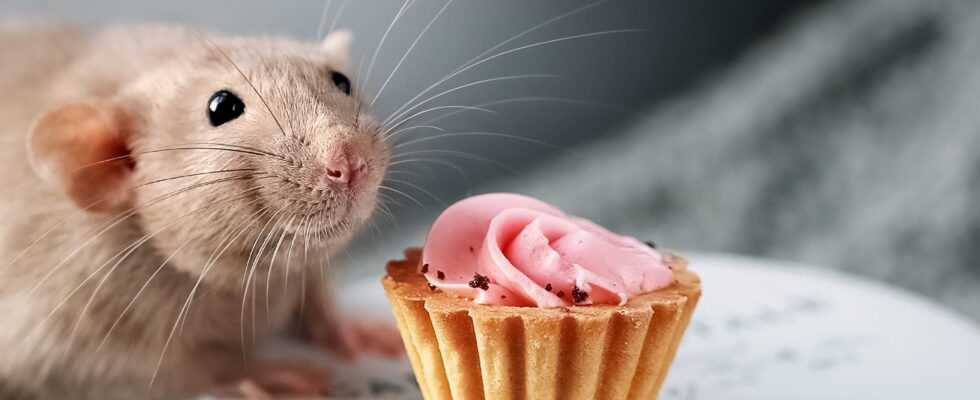Fancy sweets, white bread or pasta? The hunger for carbohydrates could depend on the microorganisms in the intestine. As experiments at the University of Pittsburgh show, the microbiome has an influence on food preferences, at least in mice. Such a connection had previously only been demonstrated in small animals such as termites and zebrafish, write the study authors Kevin Kohl and Brian Trevelline in the “Proceedings of the National Academy of Sciences”.
The two biologists therefore took on a mammal that often has to serve as a model for humans: they transplanted 30 “germ-free” laboratory mice that had grown up under sterile laboratory conditions, microorganisms from the intestines of wild relatives: either carnivorous grasshopper mice (Onychomys torridus)omnivorous white-footed mice (Peromyscus leucopus) or herbivorous Rocky Mountain voles (Microtus montanus).
Result: The mice colonized with herbivore microbes preferred a lower carbohydrate diet than their conspecifics colonized with meat or omnivore microbes. The trend increased over the course of a week, indicating that the impact of the new roommates unfolded over time, the authors report. Over the course of eleven days, the ten laboratory mice with a herbivore microbiome consumed fewer carbohydrates and calories, but just as many proteins and nutrients.
The microbiome produces a satiety signal
Trevelline and Kohl also observed that, depending on the microbiome, the mice already had different amounts of tryptophan in their blood before meals, a precursor of the messenger substance serotonin, which regulates food selection, among other things. Apparently, the herbivore bacteria produced more tryptophan. “Tryptophan is an essential amino acid that is also produced by gut microbes. When it gets to the brain, it’s converted to serotonin, a signal of satiety,” Trevelline explains.
